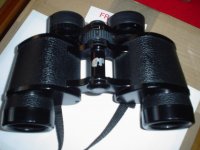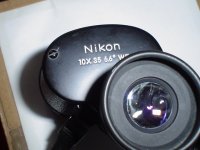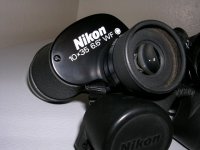Wow, that's a good post, and right on in perception for what is available now at great prices, especially for the Nikon Aculon binoculars today-which echoes my experiences as well. They are amazing for the money, from what my eyes tell me too. They may fall a bit short on full field sharpness, but do deliver in center field performance for sharpness and contrast; they really impress me for value and view combined. No doubt the SE and EII might be better overall, but in consideration to the availability and price, these Aculons are the clear winners, unless of course you have been spoiled with alpha views, and only the best of the best will do, and you are very picky to what you want in your view. There I have no opinions or experience with the best available, because of my limited financial situation. Adjust my experience accordingly for your situation and funds available. At the moment, I have 3 Nikon Aculons that impress me to no end, considering what I did not spend on them!
The only other Porros that have impressed my for price and performance are the Vixen Forestas, though at a considerably higher price, along with the discontinued Minox BD BP porros (alternately Opticron clones, or vice versa-not sure what came first), also at much higher prices when found.
Anyway, thank you Brock for your insights on the Aculons, from your more broadly experienced database and eyes. I think sometimes we forget that sometimes less is more, and we don't all need the best of the best available, but we can still take advantage of the best technology available in today's bins, at very nice prices now, especially in the modern Porros with proper multi-coated lenses and other modern results, like Nikon's very smooth mechanics-the Aculon focusers are very nice, and only add to the package.
No, I don't work for Nikon-I'm just an impressed user! ; )







